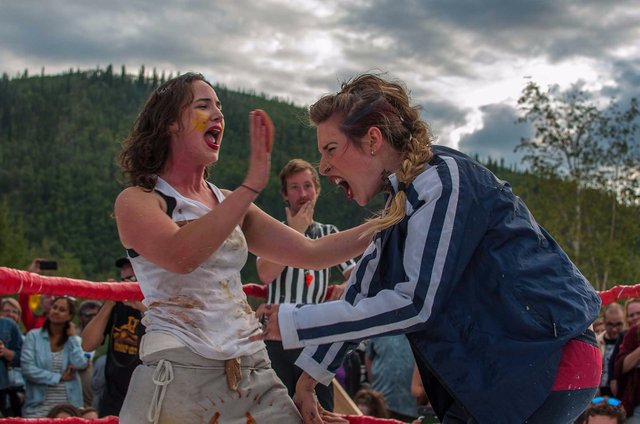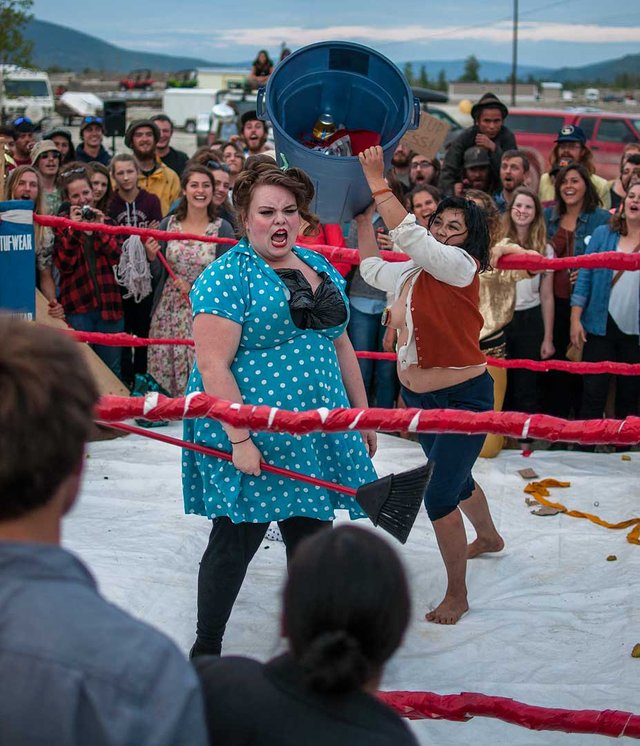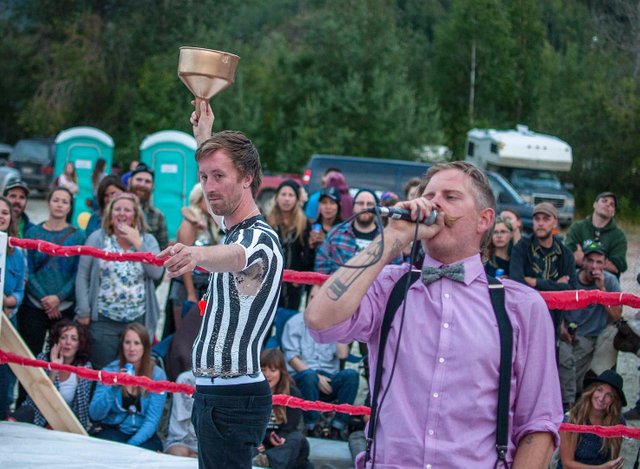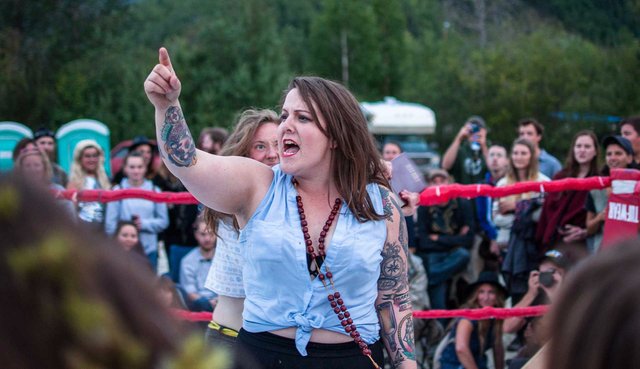The Philosophy of Photography - Action!

Vol 1 - "Action!"
Of all the things a camera can do a human hand can't, capturing action might be the most impressive. There's something enthralling about a great action shot. Something that isn't there when viewing even the most proficient painting. Maybe it's the (relative) objectivity of a camera. Great painters can produce some amazing action images, but viewers are always aware the painting is based on the painter's subjective interpretation of what happened. A painter can witnesses a moment of action with a perfect photographic memory, but they would still end up deciding how to portray it. What colour pallet will they use? What precise point in the action do they want to show? How do they want viewers to "feel" when looking at the painting? All of this effects the eventual look of the painting.

Objectivity?
Cameras make many those decisions too of course. But the main difference between the two is that a camera will shoot the same way regardless of how it is feeling that day. The camera does not create images based on its mood. It does so based on its settings. Whereas an artist painting a painting will always let their emotions influence their work. That is what makes painting a great art form, after all.
Of course, it could be argued that the human element of photography, the photographer, is prone to the same emotional pitfalls. Maybe they're editing a photo on a day when they feel sad, and unwittingly create a picture with a blue hue. Or maybe they're having a really good day shooting, and decide to overexpose things just a little bit to make them seem brighter. There are many lessons on how mood effects your perception. And plenty more on how those same emotions end up being carried to viewers.
However, I maintain the argument that photographs provide a truthfulness paintings don't. Photos can be edited by multiple people after all, and those people can cross check-each other about the subjectivity of what's being shown. You see this often in news photography, where only the most basic manipulations are allowed.
On the other hand, a painting typically isn't created by multiple people. There's no reason to. The value of a painting is found in the artists expression of the work. It does not seek, like photography, to stand as a matter of public record. For these reason, photography creates a much more compelling action shot.

"Defining Moments"
Capturing action is an obvious route to successful photography. Even terrible photographers can create compelling images if they're in the right place at the right time. Need proof? Hit the internet on any given day and check out all the blurry, crooked, out-of-focus shots getting massive exposure because they've caught an interesting moment.
But that doesn't mean all action shots are great shots. Truly exceptional action images capture what photographers like to call "The Defining Moment". That is, a photograph capturing the perfect moment of an action sequence. The moment that tells the whole story. Think of a photograph of a football game: the receiver soaring through the air, the ball just entering his fingertips. The viewer knows what happened, he knows how it happened, and he knows what happens after that.
Fistful 'a Baloney
Consider the first photograph of this post. It's one of my favourite images to date. I took it in Dawson City, at an event call the Leauge of Lady Wrestlers. There's a lot going on here that I really like. You get the slight motion blur of the woman's baloney filled hand. You see the expression of anguish on the other's face. The ref's befuddled face, framed in by the action, is immediately familiar to viewers, as they probably feel much the same way: "Is she really slapping someone with baloney?" You get the visceral sense that this is a defining, split-second moment, locked in time.
You may notice that in all the photos I've selected, I chose to use the moment that is right before the action actually takes place. While you could argue that the defining moment is the moment that contact actually happens, or perhaps just after, I believe this is a matter of taste. Would some of the photographs be better had they come a split second later? Perhaps. That will have to be a value judgment on your part. This will get easier as we progress through these blog posts. I'll be going into many other principles of photography, and eventually, we can cross-reference those principles to select the best photos. Maybe the moment before has the better expression, maybe the moment after creates a more balanced image. Sometimes, you just have to use what you can. In a perfect world, all shots would be exactly in focus, but this world ain't perfect.
Up for discussion:
Now that you've read over this post. Maybe you could tell me what you thought of the pictures. Did they capture the action well? Do you think I found the "Defining moment"? Have I been objective? What do you think about my assertions on why we value action photos over paintings?
How could the photo below be better?

Good photos
Thank you! The Yukon is a magical place.
good post
Thank you. It's good to be back.
Congratulations @catharcissism , we r much excited to know about it, wonderful job you have done.
Thanks @gamzeuzun, happy to share.